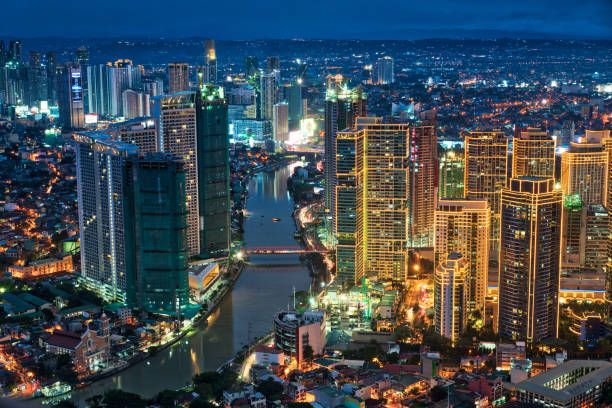Tropical Cyclone May Enter the Philippine Area of Responsibility
The Philippine Atmospheric, Geophysical and Astronomical Services Administration (PAGASA) has announced that a tropical cyclone is expected to enter the Philippine area of responsibility (PAR) later this week. This weather disturbance is predicted to affect certain areas in Mindanao, according to PAGASA’s weather specialist, Rhea Torres.
Sweltering Heat Continues in Most Areas
While the tropical cyclone brings potential relief to some regions, most areas in the Philippines will continue to experience sweltering heat. PAGASA remains hopeful that the record-breaking daytime temperature of 40.3 degrees Celsius, recorded in Tarlac on April 27, 2024, will not be surpassed.
Tuguegarao City is expected to reach an air temperature of 39 degrees Celsius, possibly until Wednesday. Metro Manila, on the other hand, will experience a slightly lower temperature of 36 degrees Celsius, according to Torres.
High Heat Index and Extreme Temperatures
PAGASA warns that a high heat index, ranging between 42 and 48 degrees Celsius, could persist in many areas in the coming days. This extreme heat index poses health risks and calls for caution among residents.
Several locations have already experienced scorching temperatures. Clark, Pampanga reached a heat index of 50 degrees Celsius on Monday. Over the past four days, the temperature readings at Clark International Airport ranged from 39°C to 41°C. Dagupan, Pangasinan recorded a temperature of 47°C, while Pasay City and Quezon City felt the heat at 43°C and 42°C, respectively.
However, not all areas are experiencing such extreme temperatures. La Trinidad, Benguet, for example, recorded a below-caution index at 26°C, while Baguio City was slightly hotter at 28°C. Muñoz, Nueva Ecija had the highest actual temperature of 39.8°C, and Tuguegarao City, Cagayan was at 39°C.
It is crucial for individuals to take necessary precautions during this period of intense heat. Staying hydrated, seeking shade, and avoiding prolonged exposure to direct sunlight are essential to prevent heat-related illnesses.






